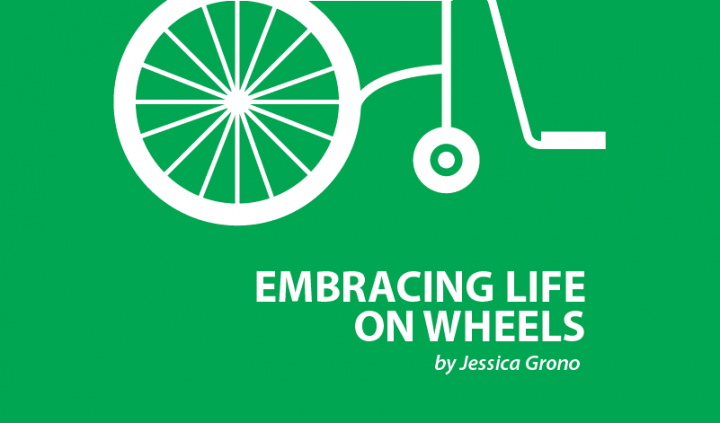Spasms Are a Daily Part of Life with CP

Spasticity is common with many types of cerebral palsy (CP). Everyone handles spasticity differently, and spasms vary depending on the extent of CP.
Because I have athetoid mixed CP, spasms are part of my daily life. In this column, I’d like to share some tips that I find helpful in dealing with them.
Most of the time I can pinpoint a trigger for my spasticity. Stress is a huge trigger, but interestingly, it’s not always my stress. If I sense that someone is sad, depressed, angry, upset, or stressed, my muscles react. One of the most annoying things about spasms is that others don’t realize that I can’t control them. Let’s say I react when someone is sad by subconsciously tensing my muscles. They might mistakenly think I’m upset.
One way to deal with spasms is by accepting them for what they are. They hurt and aren’t under our control. But how we deal with them is under our control. Don’t be hard on yourself, because they aren’t your fault. Take a deep breath and think about positive things that relax you. Envision a beach, a warm place, or somewhere fun that you enjoy. Your body might feel better, and you hopefully will be a bit happier!
Exercise can help with spasms. The more you exercise, the more tired your body will be. A tired body with CP is terrific. When your body is tired, your muscles are calmer, resulting in fewer spasms. I try to work out every day. Although I don’t walk, I use a Fitbit to count my arm stretches, heart rate, and calorie intake. It keeps me accountable for my exercise, as if I didn’t wear my Fitbit, I might not be as active.
Swimming can keep muscles flexible and is great for arthritis and pain management. Many swimming apparatuses can help someone with CP. I find life jackets uncomfortable and difficult to swim in, but the Konfidence jacket is excellent because it holds me without being cumbersome.
I take medication for my spasms. Many with CP and other neuromuscular disabilities take baclofen or have the baclofen pump. Personally, the oral version works better for me than the pump. I usually take it at night so that I can sleep. I also take it when I’m having a particularly spastic day or am attending an event I’d like to be still at. Always consult your doctor before trying new medication.
Managing spasms isn’t unrealistic. You just have to figure out what works for you!
***
Note: Cerebral Palsy News Today is strictly a news and information website about the disorder. It does not provide medical advice, diagnosis, or treatment. This content is not intended to be a substitute for professional medical advice, diagnosis, or treatment. Always seek the advice of your physician or other qualified health provider with any questions you may have regarding a medical condition. Never disregard professional medical advice or delay in seeking it because of something you have read on this website. The opinions expressed in this column are not those of Cerebral Palsy News Today or its parent company, BioNews Services, and are intended to spark discussion about issues pertaining to cerebral palsy.



Leave a comment
Fill in the required fields to post. Your email address will not be published.